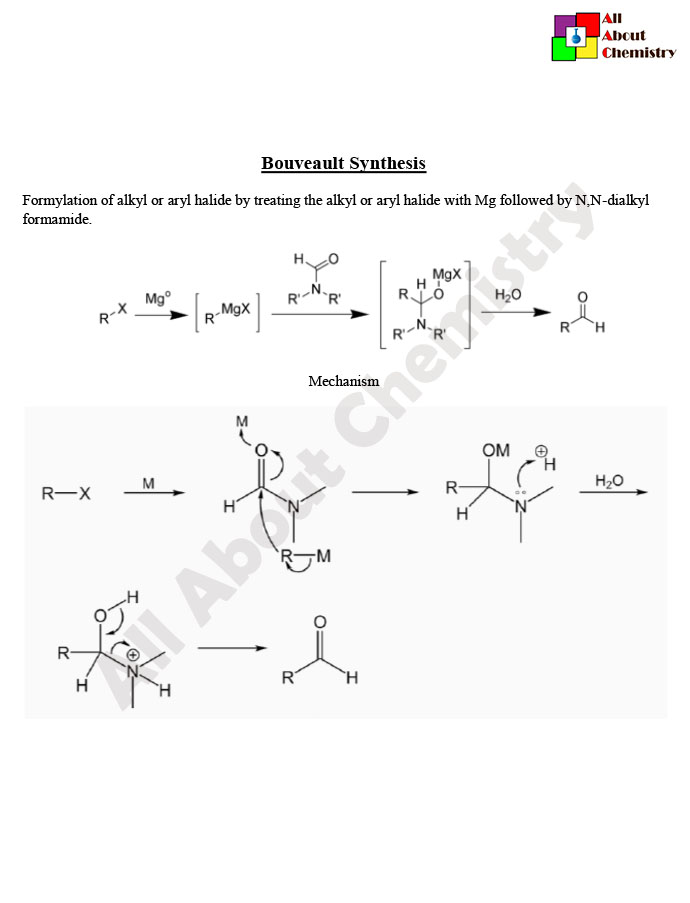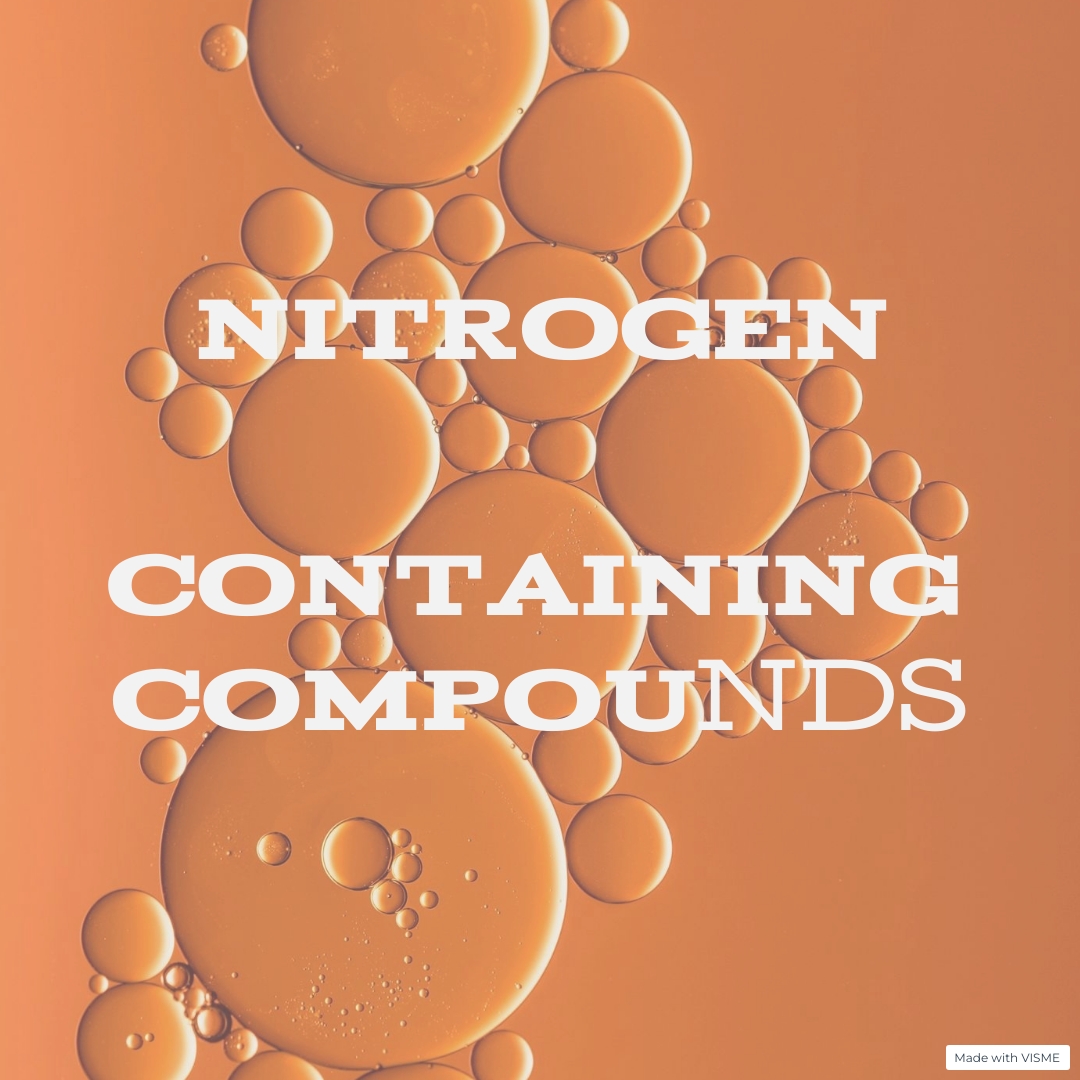The Bouveault synthesis, named after the French chemist Louis Bouveault, is a method for the reduction of esters to primary alcohols using sodium metal in the presence of an alcohol solvent. The reaction proceeds via a radical mechanism and is useful for the preparation of primary alcohols, particularly those that are difficult to obtain by other means.
The general reaction scheme is as follows:
R-COOR’+2Na+2ROH→R-CH2OH+R’OH+2NaOH
In this reaction, the ester (R-COOR’R-COOR’) reacts with sodium metal (NaNa) in the presence of an alcohol solvent (ROHROH), typically ethanol or methanol, to yield a primary alcohol (R-CH2OHR-CH2OH) and an alkoxide (R’OHR’OH). Sodium hydroxide (NaOHNaOH) is also formed as a byproduct.
The reaction mechanism involves the formation of a radical intermediate:
- Sodium metal (NaNa) reacts with the alcohol solvent (ROHROH) to form sodium alkoxide (NaORNaOR) and hydrogen gas (H2H2).
- The sodium alkoxide reacts with the ester to form an alkoxysodium intermediate (R-COONaR-COONa).
- The alkoxysodium intermediate undergoes a radical mechanism involving electron transfer, leading to the formation of the primary alcohol and sodium alkoxide.
The Bouveault synthesis is particularly useful for the reduction of esters to primary alcohols under mild conditions. However, it is not applicable to all esters, as some may undergo competing reactions or may not be compatible with the reaction conditions. Additionally, care must be taken when handling reactive sodium metal.

The Bouveault synthesis has several applications in organic synthesis, particularly in the preparation of primary alcohols. Some of its key applications include:
-
Preparation of Primary Alcohols: The primary application of the Bouveault synthesis is in the conversion of esters to primary alcohols. This method is particularly valuable for the synthesis of primary alcohols that are difficult to access by other means, especially when other reduction methods may lead to over-reduction or unwanted side products.
-
Synthesis of Sterically Hindered Alcohols: The Bouveault synthesis is often preferred for the synthesis of sterically hindered primary alcohols, where other reducing agents may face difficulties due to steric hindrance. By using mild reaction conditions, it can successfully reduce esters to primary alcohols without causing unwanted side reactions.
-
Preparation of Alcohols for Use in Organic Synthesis: Primary alcohols obtained through the Bouveault synthesis can serve as important building blocks in the synthesis of various organic compounds. These alcohols can be further functionalized or used directly in subsequent synthetic steps to access a wide range of target molecules.
-
Natural Product Synthesis: The Bouveault synthesis is frequently employed in the synthesis of complex natural products where primary alcohols are key intermediates or functional groups. It offers a reliable method for introducing primary alcohol functionalities into target molecules, allowing access to diverse natural product scaffolds.
-
Chemical Modification and Functionalization: Primary alcohols obtained via the Bouveault synthesis can undergo further chemical modification and functionalization reactions to introduce various functional groups. This versatility makes them valuable starting materials for the synthesis of diverse organic compounds with specific properties or functionalities.
-
Drug Synthesis: Primary alcohols synthesized using the Bouveault synthesis find applications in the pharmaceutical industry for the synthesis of drug candidates or key intermediates. They serve as important structural motifs in many biologically active compounds and drugs.
Overall, the Bouveault synthesis offers a versatile and reliable method for the preparation of primary alcohols, enabling access to a wide range of organic compounds with diverse applications in fields such as pharmaceuticals, materials science, and agrochemicals.








